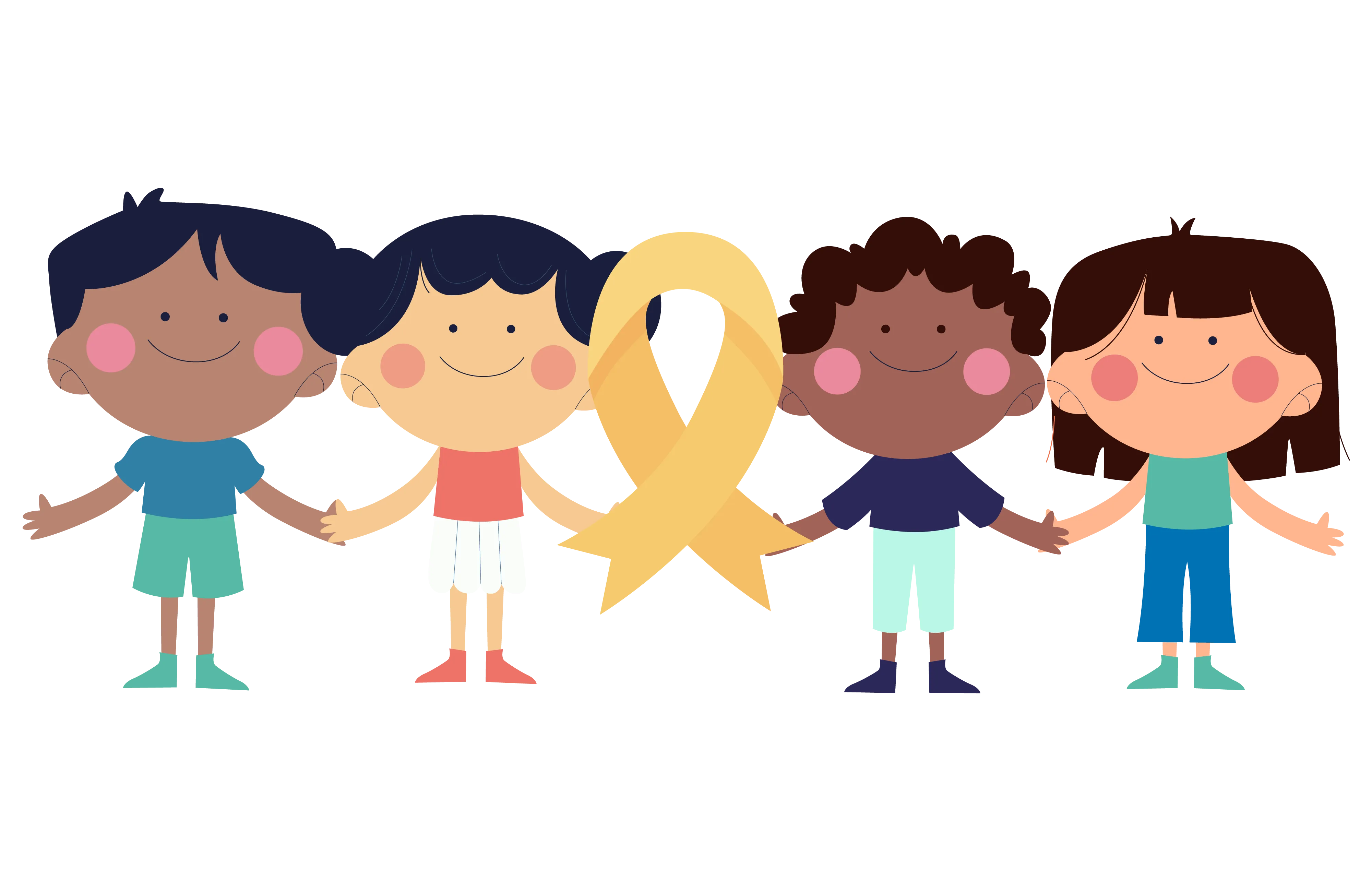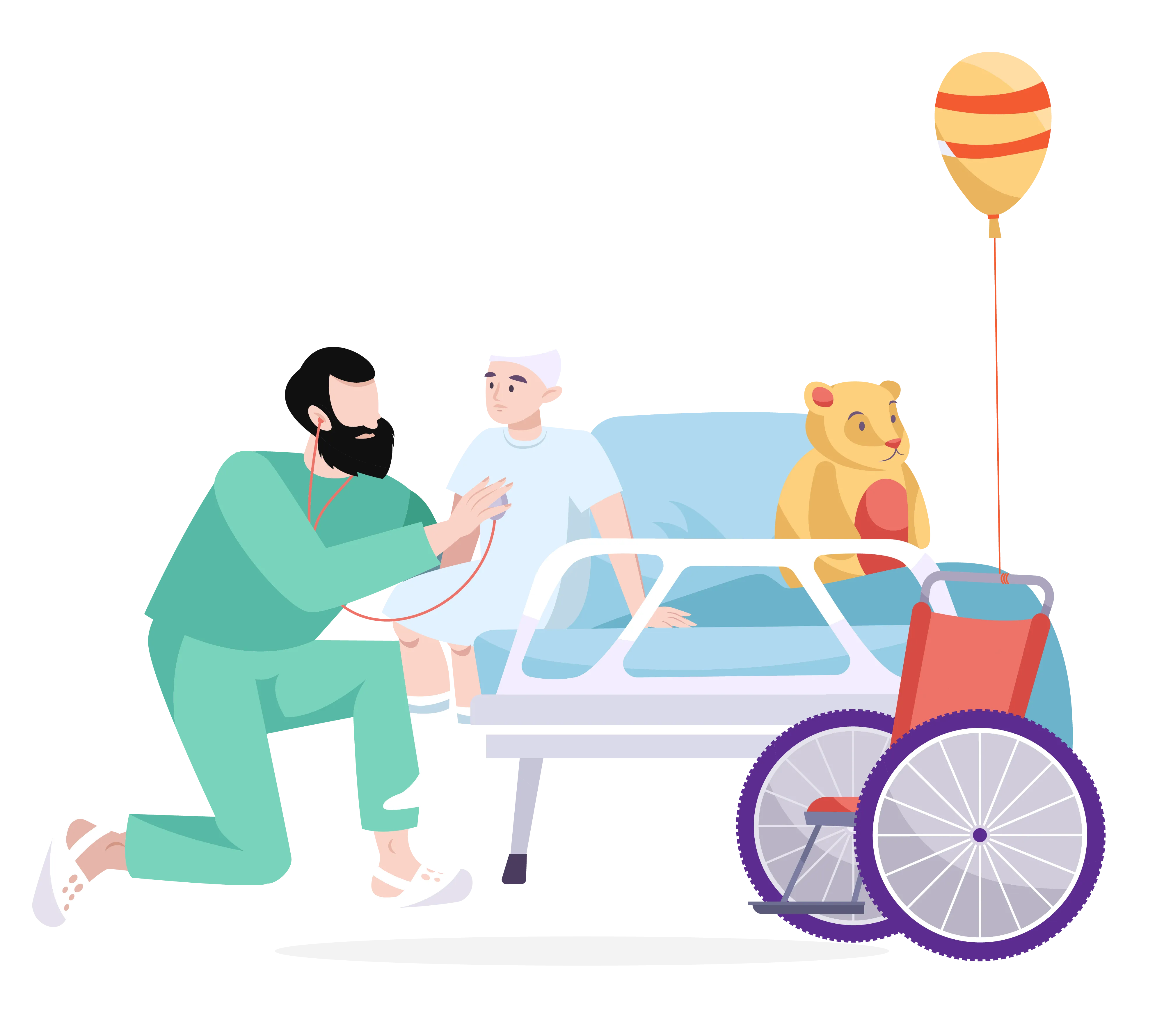Oncologist | 5 min read
8 Major Common Types of Childhood Cancer You Need to Know About
Medically reviewed by
Table of Content
Key Takeaways
- Leukemia and brain cancers are the common types of childhood cancer
- The worldly survival rate for childhood cancer has increased to over 80%
- Osteosarcoma and Ewing sarcoma are types of bone cancers in children
Childhood cancer can occur in the blood, lymph nodes, brain, spinal cord, kidneys, and other organs and tissues. Although uncommon, about 1 in 285 children develop cancer before they turn 20 [1]. Some of the most common childhood cancers include leukemia and brain cancers [2]. Most childhood cancers can be cured with generic medicines and other treatments like surgery, radiotherapy, and chemotherapy treatment.
Childhood cancer funding and developments in childhood cancer research have led to the discovery of new treatments. This has improved the overall survival rate to over 80% for children with cancer. Although there is no known cause of many childhood cancers, about 5% of all them are linked with a genetic mutation [3]. This is why you need to stay informed about the most common childhood cancer types so you can take action when needed.
Additional Read: Childhood Cancer Awareness Month: Why it is Significant and What You Can Do
Types of childhood cancer
Leukemia
Leukemia is the cancer of bone marrow and blood. There are several types of leukemia. However, acute lymphocytic leukemia (ALL) and acute myeloid leukemia (AML) are the most common types of childhood cancer. Acute leukemia grows rapidly and requires chemotherapy treatment. Some of the symptoms of leukemia include bleeding, weight loss, joint pain, and fatigue. Almost 1 out of 3 childhood cancer cases are leukemia [5].
Brain and spinal cord tumors
Brain and spinal cord tumors account for about 26% of childhood cancers and are the second leading cancers in children. This includes glial, mixed glial neuronal, neural, embryonal, ependymoblastoma, and pineal tumors. Although there are many types of brain and spinal cord tumors, the treatments for each of them differ. However, brain tumors are more common than spinal cord tumors. Some of the symptoms include dizziness, double vision, and nausea.
Neuroblastoma
Neuroblastoma is a tumor of immature or early forms of nerve cells found in a developing fetus or embryo. Although this tumor can originate in any body part, it usually develops in the belly and causes swelling. It starts in the adrenal glands which are a part of your hormonal system. It is mostly found in infants and children younger than 10 years. In fact, neuroblastoma accounts for about 6% of childhood cancers. Some of the symptoms include fever, anemia, diarrhea, chest, and bone pain [6].

Wilms tumor
Wilms tumor is a type of kidney tumor that mainly starts in one kidney. Some rare cases have reported cancers in both kidneys. Wilms tumor is also known as nephroblastoma. This childhood cancer is most often reported in children between the age of 3 and 4 years. Wilms tumor accounts for around 5% of childhood cancers. The common symptoms found in children include fever, nausea, blood in the urine, and fatigue.
Lymphoma
Hodgkin lymphoma and non-Hodgkin lymphoma are the two main types of lymphoma that start in immune system cells named lymphocytes. The symptoms of lymphomas differ based on where the cancer occurs. Mostly, this cancer originates in lymph nodes or tissues such as the tonsils or the thymus. Some of the symptoms are fever, sweating, lumps, and weight loss. Hodgkin lymphoma and non-Hodgkin lymphoma account for 3% and 5% of childhood cancers respectively.
Rhabdomyosarcoma
Rhabdomyosarcoma is a soft tissue sarcoma that develops in skeletal muscles. It makes up about 3% of childhood cancers. This cancer can occur anywhere in the body including the head, groin, neck, arms, legs, and pelvis. In fact, about 40% of all rhabdomyosarcoma cases in children occur in the head and neck. About 30% of cases occur in reproductive organs while 15% cases are found in arms and legs [7].

Retinoblastoma
Retinoblastoma is an eye tumor and is one of the types of childhood cancer that accounts for about 2% of all cases [8]. Most of the retinoblastoma cases are reported in children around the age of 2, and are uncommon in children older than 6. It can be identified by looking at a child’s unusual eyes. A white and enlarged pupil, crossed eye, and poor vision are some of the signs of retinoblastoma [9].
Bone cancer
Bone cancers such as osteosarcoma and Ewing sarcoma start in or near the bones. This type of cancer makes up for about 3% of childhood cancers. Osteosarcoma develops where the bone is growing quickly and causes bone pain and swelling. It accounts for about 2% of cancer cases in children and teens. On the other hand, Ewing sarcoma is a rare bone cancer that is usually found in the chest wall, pelvic bones, and the middle of leg bones. This cancer accounts for only 1% of childhood cancer cases.
Additional Read: How to Deal with Chemo Side Effects? Important Tips to FollowCancer is a serious disease that you need to take precautions about at any age. Don’t smoke or consume tobacco, protect yourself from direct sunlight, and eat a healthy diet to prevent cancer. This applies to children as well and you should keep them away from secondhand smoke to prevent certain types of childhood cancer. Another way to care for your children is by booking an online doctor consultation<span data-contrast="auto"> on Bajaj Finserv Health. Consult with a pediatric oncologist near you to understand the types of childhood cancer better. Book an appointment with a specialist at the first sign of a symptom and get care immediately without delays.
References
- https://www.cancer.net/cancer-types/childhood-cancer/introduction
- https://www.who.int/news-room/fact-sheets/detail/cancer-in-children
- https://www.cancer.gov/types/childhood-cancers
- https://www.preventcancer.org/education/seven-steps-to-prevent-cancer/
- https://www.cancer.org/cancer/leukemia-in-children.html
- https://www.cancer.net/cancer-types/neuroblastoma-childhood/symptoms-and-signs
- https://www.cancer.net/cancer-types/rhabdomyosarcoma-childhood/introduction
- https://www.cancer.org/cancer/cancer-in-children/types-of-childhood-cancers.html
- https://www.cancer.net/cancer-types/retinoblastoma-childhood/symptoms-and-signs
Disclaimer
Please note that this article is solely meant for informational purposes and Bajaj Finserv Health Limited (“BFHL”) does not shoulder any responsibility of the views/advice/information expressed/given by the writer/reviewer/originator. This article should not be considered as a substitute for any medical advice, diagnosis or treatment. Always consult with your trusted physician/qualified healthcare professional to evaluate your medical condition. The above article has been reviewed by a qualified doctor and BFHL is not responsible for any damages for any information or services provided by any third party.



